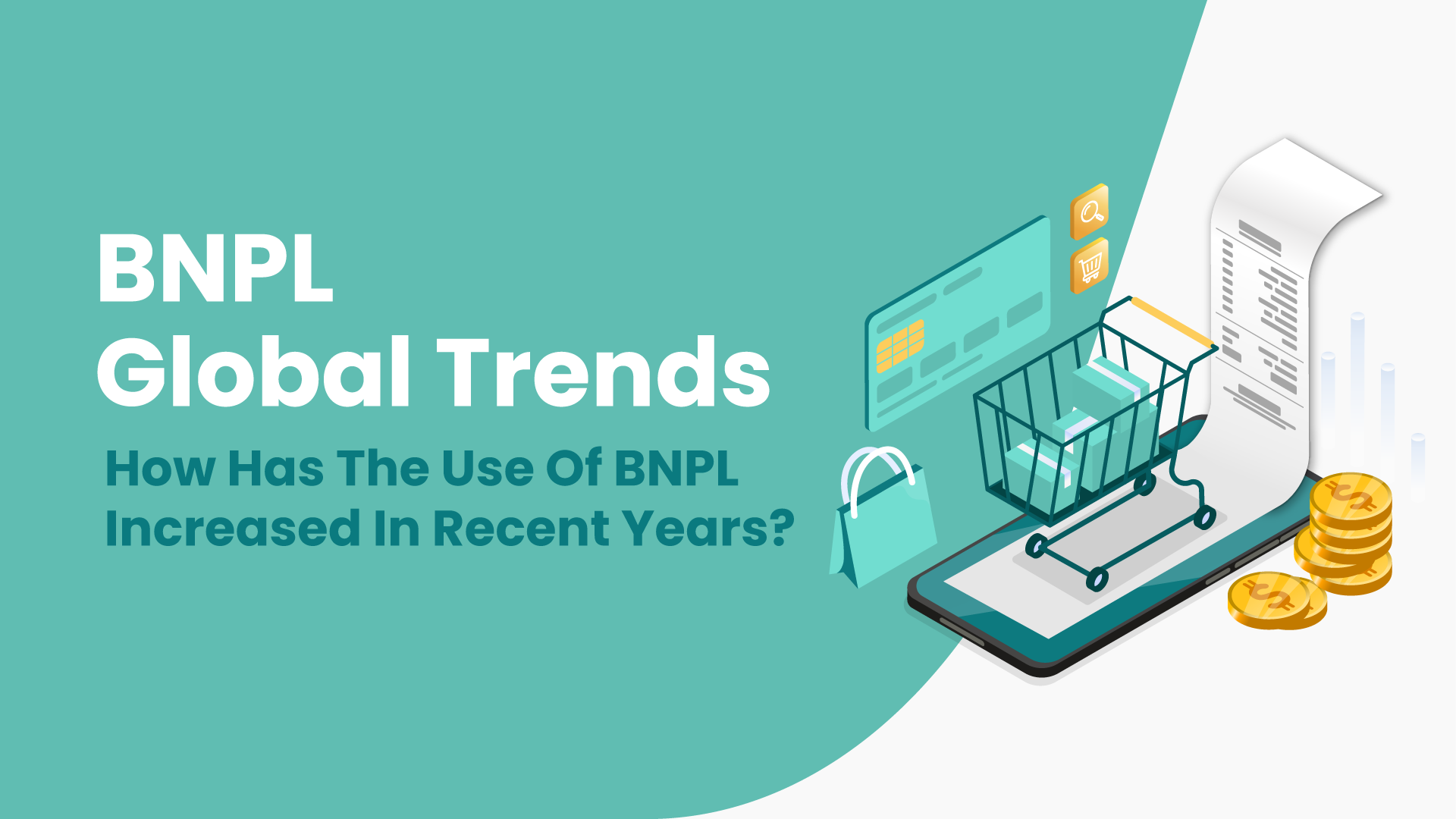SEON recently brought together industry leaders from the online lending space to discuss the evolving landscape of fraud prevention and risk management. As participants shared their experiences and insights, several key themes emerged, painting a picture of an industry at a critical juncture.
The Changing Face of Fraud
In what many describe as an “unpredictable era,” lenders are collectively challenged to stay ahead of increasingly sophisticated fraudsters. The rise of artificial intelligence (AI), machine learning (ML) and automation have all added new layers of complexity to fraud prevention at an unprecedented scale.
For instance, fraudsters now leverage innovative technologies to create deepfakes, bypassing traditional identity verification methods like document ID checks and biometrics. This technological arms race is driving a cultural shift within lending organizations, pushing them toward more nuanced anti-fraud strategies. Lenders are now focusing on alternative data signals to mitigate risk without excluding valuable customers.
Striking the Right Balance
A central challenge for online lenders today is finding the balance between customer expectations for instant service and robust security. Modern customers demand a seamless lending experience, with some lenders offering loan decisions in as little as 20 seconds.
However, this speed increases exposure to fraud. Lenders must walk a fine line, delivering the speed customers expect while maintaining effective fraud prevention. Achieving this balance is critical to satisfying customers without undermining risk management strategies.
No Magic Bullet
While technology presents promising solutions, participants agreed that there’s no “magic bullet” for fraud prevention – aside from not having any customers. Effective strategies involve a multifaceted approach, combining various data sources and technologies to create a comprehensive risk profile.
AI and ML have shown potential in document processing and fraud detection. However, many companies are still exploring how to implement and train these models effectively. Some lenders rely on traditional methods, such as credit bureau information, Cifas data for commercial checks and predefined rule sets, integrating these with newer technologies to build more resilient systems.
A Call for Collaboration
A recurring theme throughout the discussion was the need for greater collaboration within the industry. Participants recognized that fraudsters aren’t limited by the same regulations that constrain lenders, giving them a potential advantage. There’s growing interest in developing forums for sharing information about new fraud trends and issuing early warnings to create a more level playing field.
Some participants took it a step further, suggesting that joining forces in other areas could help combat fraudsters’ increasingly sophisticated tactics. By working together, lenders aim to form a unified front, enhancing the industry’s ability to thwart fraudsters.
Challenges Still Loom
Despite advances in technology and increased collaboration, challenges remain. Differentiating between actual fraud and bad credit decisions continues to be a struggle for many lenders. Additionally, customer education remains a hurdle, with some customers perceiving newer security measures, like selfie verification, as potential scams.
Regulatory compliance adds another layer of complexity. Although many technological solutions are compliant, financial institutions must ensure their overall processes meet regulatory standards, requiring constant vigilance and adaptation.
Building a Resilient Online Lending Ecosystem
As online lending evolves, fraud prevention and risk management will remain top priorities. Success in this arena will likely depend on a combination of technological innovation, cross-industry collaboration and adaptability to fraudsters’ ever-changing tactics. By staying informed about the latest trends and best practices, lenders can work toward creating safer, more efficient lending processes that benefit both their businesses and their customers.
The round table discussion underscored these challenges’ complexity and highlighted the industry’s innovative spirit and collaborative mindset. As lenders navigate this dynamic landscape, forums like this play a crucial role in sharing knowledge, fostering innovation and building a more resilient and trustworthy online lending ecosystem.
Learn how alternative credit data is reshaping credit assessment.
Read More







